5 Wettest Places to Visit in India with the Highest Rainfall

Five Wettest Places in India
India, a land of diverse climates and geographical features, harbors some of the world’s most rain-soaked locales. These regions, drenched in copious amounts of rainfall, offer lush landscapes and unique ecosystems. For those eager to witness the grandeur of India’s monsoon, here are five of the wettest destinations worth exploring.
1. Mawsynram, Meghalaya
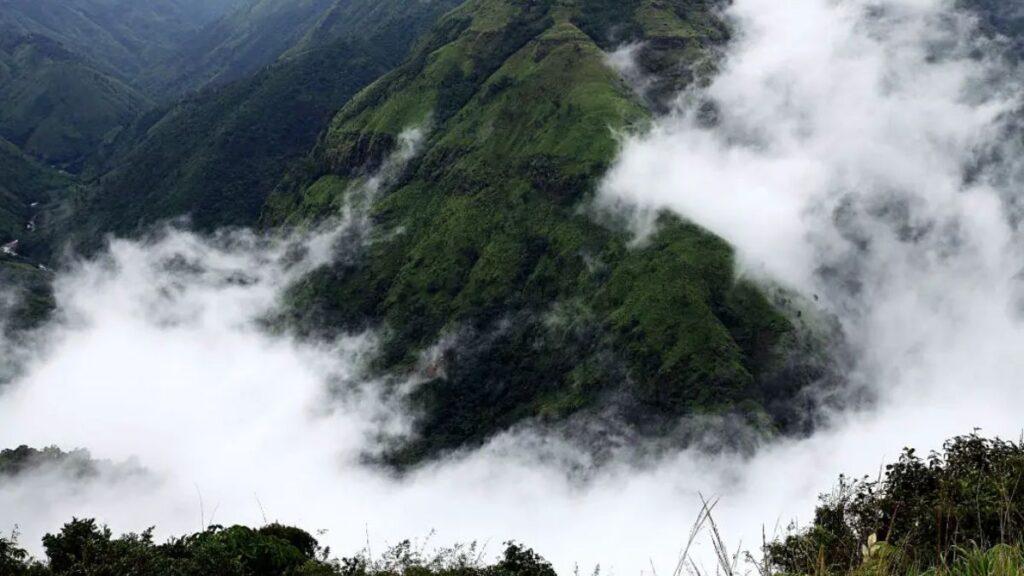
Overview
Perched in the East Khasi Hills of Meghalaya, Mawsynram boasts the highest average annual rainfall globally, amassing approximately 11,871 mm. This quaint village, often veiled in mist and clouds, exudes an ethereal charm.
Why Visit?
- Rainfall Experience: Witness relentless downpours that dominate the monsoon season.
- Natural Beauty: Marvel at stunning waterfalls, intricate caves, and verdant valleys.
- Cultural Insights: Immerse yourself in the rich traditions of the Khasi tribe, renowned for their warm hospitality and unique customs.
Best Time to Visit
The optimal time to visit Mawsynram is during the monsoon, from June to September, when the village transforms into a vibrant green haven.
2. Cherrapunji, Meghalaya
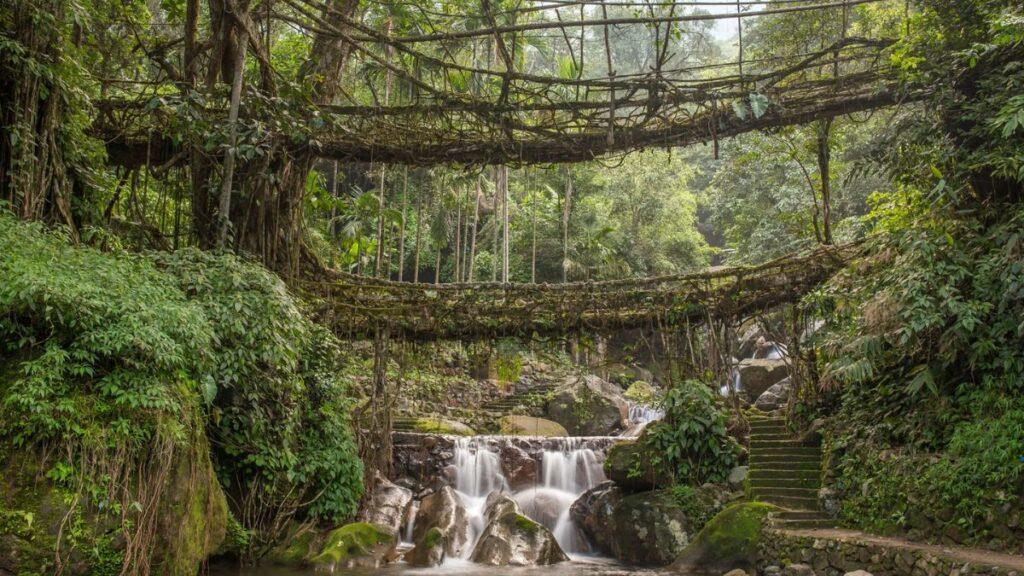
Overview
Also nestled in the East Khasi Hills, Cherrapunji is celebrated as one of the wettest places on Earth, receiving about 11,777 mm of rainfall annually. Known for its living root bridges, this town is set atop a plateau.
Why Visit?
- Living Root Bridges: Discover the extraordinary bioengineering feats crafted by the Khasi people.
- Nohkalikai Falls: Behold one of India’s tallest plunge waterfalls.
- Caves: Explore extensive cave systems such as the Mawsmai Cave.
Best Time to Visit
June to September is the best period to visit Cherrapunji, ensuring you experience the waterfalls in their full, roaring glory.
3. Agumbe, Karnataka
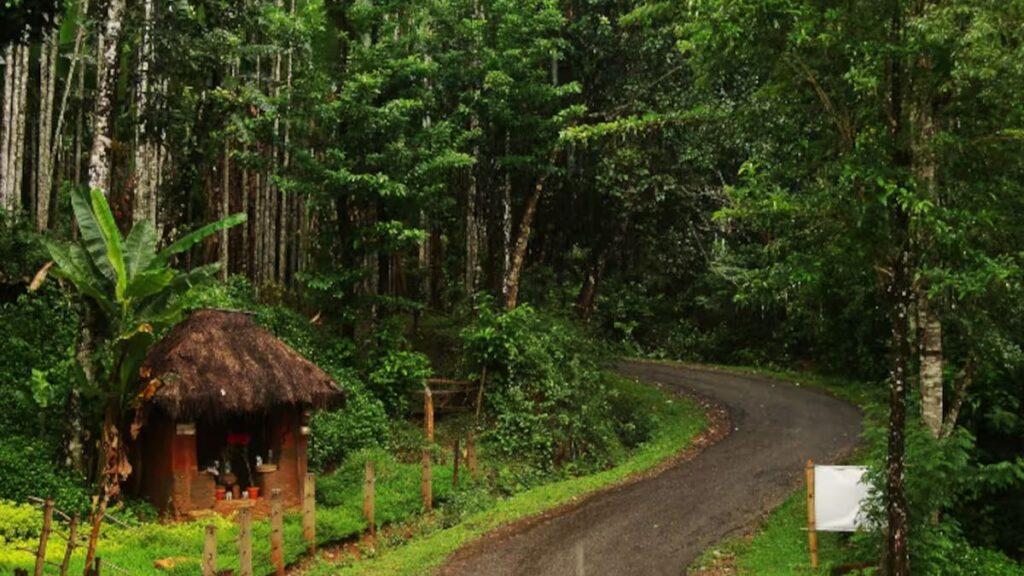
Overview
Situated in Karnataka’s Western Ghats, Agumbe, often dubbed the “Cherrapunji of the South,” receives around 7,640 mm of annual rainfall. Renowned for its biodiversity, Agumbe is also a pivotal research center for herpetology.
Why Visit?
- Rainforest Experience: Traverse dense rainforests brimming with diverse wildlife.
- Sunset Viewpoints: Despite frequent rains, Agumbe offers breathtaking sunset views over the Arabian Sea.
- King Cobra: It’s a hotspot for sightings and research on the King Cobra.
Best Time to Visit
From June to October, Agumbe is in its monsoon prime, presenting an immersive experience of its lush rainforests.
4. Mahabaleshwar, Maharashtra
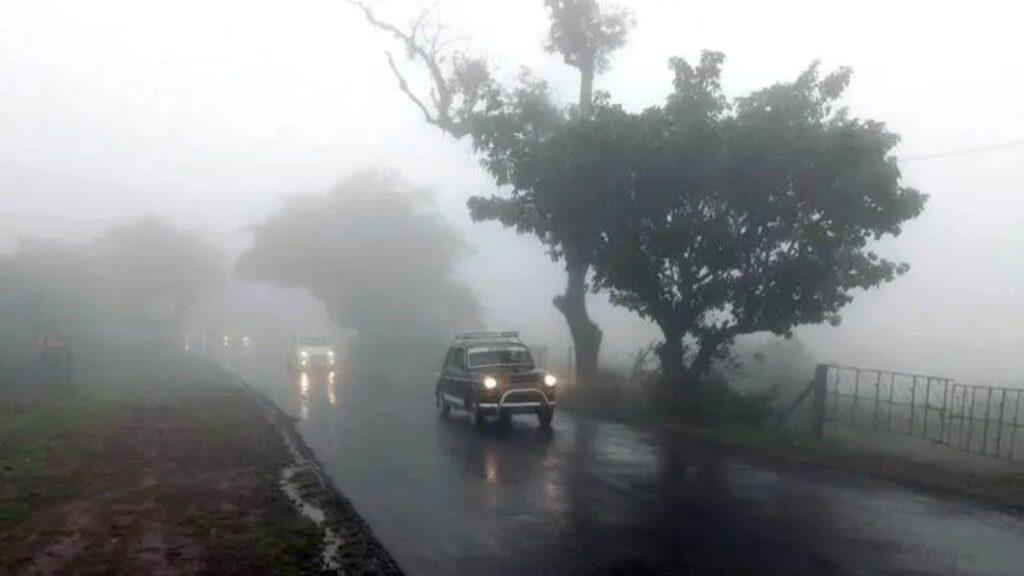
Overview
This hill station in the Western Ghats receives about 5,618 mm of rainfall annually. Mahabaleshwar is famed for its strawberry farms, scenic viewpoints, and pleasant climate.
Why Visit?
- Scenic Views: Revel in panoramic vistas of valleys, rivers, and waterfalls.
- Strawberry Farms: Visit during the strawberry season for the freshest produce.
- Historic Sites: Explore ancient temples and colonial-era architecture.
Best Time to Visit
The monsoon season, from June to September, is ideal for witnessing waterfalls and lush greenery in full bloom.
5. Amboli, Maharashtra
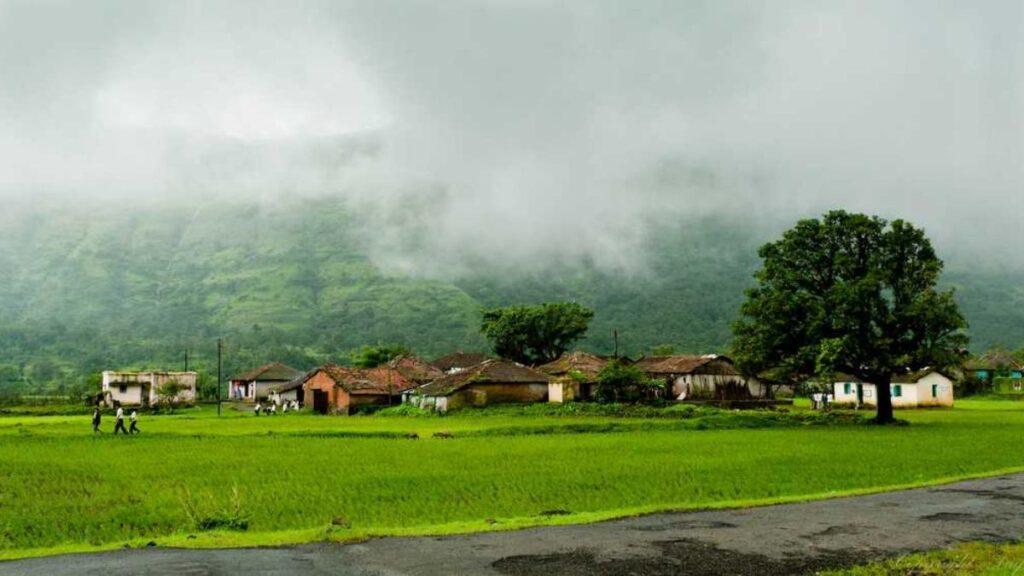
Overview
Amboli, located in the Western Ghats, receives an average of 7,000 mm of rainfall annually. This serene locale is known for its tranquil environment and rich biodiversity.
Why Visit?
- Waterfalls: Experience the beauty of Amboli’s waterfalls, especially during the monsoon.
- Flora and Fauna: The region’s unique plant and animal species make it a paradise for nature enthusiasts.
- Cool Climate: Enjoy the cool, misty weather as a perfect summer retreat.
Best Time to Visit
June to September is the ideal period to explore Amboli, ensuring you witness its waterfalls and greenery at their peak.
Conclusion
These five destinations offer an unparalleled experience of India’s monsoon season, characterized by lush landscapes and abundant rainfall. Each locale provides distinct attractions, from natural wonders to cultural experiences. Whether you’re a nature lover, adventure seeker, or simply looking to escape urban chaos, these wettest places in India promise something extraordinary. Pack your rain gear and embark on a journey to discover the monsoon magic of India.








